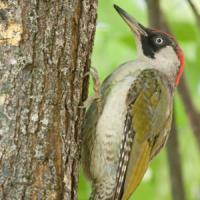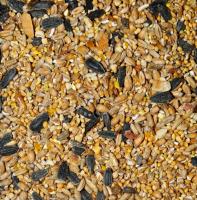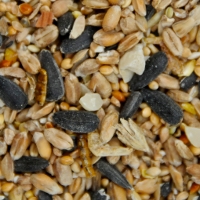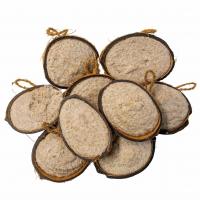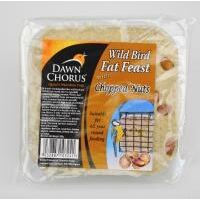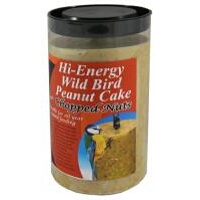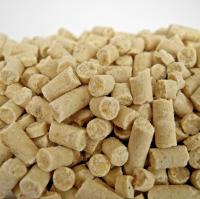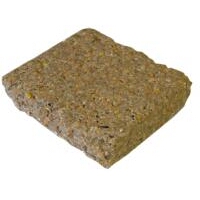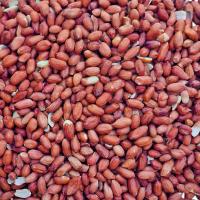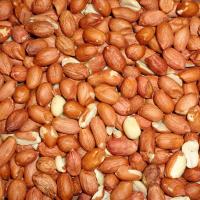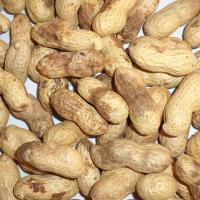- Home
- FAQs
- Customer Video Gallery
- Customer Photo Gallery
- Bird Facts
- Bird Food Blog
- Bird Information
- Feeding Advice
- Small Animal Information
- A to Z of Guinea Pigs
- A to Z of Hamsters
- A to Z of Rabbits
- Basic Care for Guinea Pigs
- Basic Care for Hamsters
- Basic Care for Rabbits
- Basic care for Chinchillas
- Basic care for Ferrets
- Basic care for Gerbils
- Basic care for Mice
- Basic care for Rats
- Buying a Healthy Small Animal
- Does your Reptile need a Licence
- Equipment for Ferrets
- Equipment for Hamsters
- Equipment for Mice
- Equipment for your Chinchilla
- Equipment for your Gerbil
- Equipment for your Guinea Pig
- Equipment for your Rabbit
- Keeping a House Rabbit
- Dog Information
- Cat Information
- Customer Information
- Fat Balls
- Suet Pellets
- Straights
- Seed Mixes
- Suet Treats
- Mealworms
- Bird Feeders
- My Account
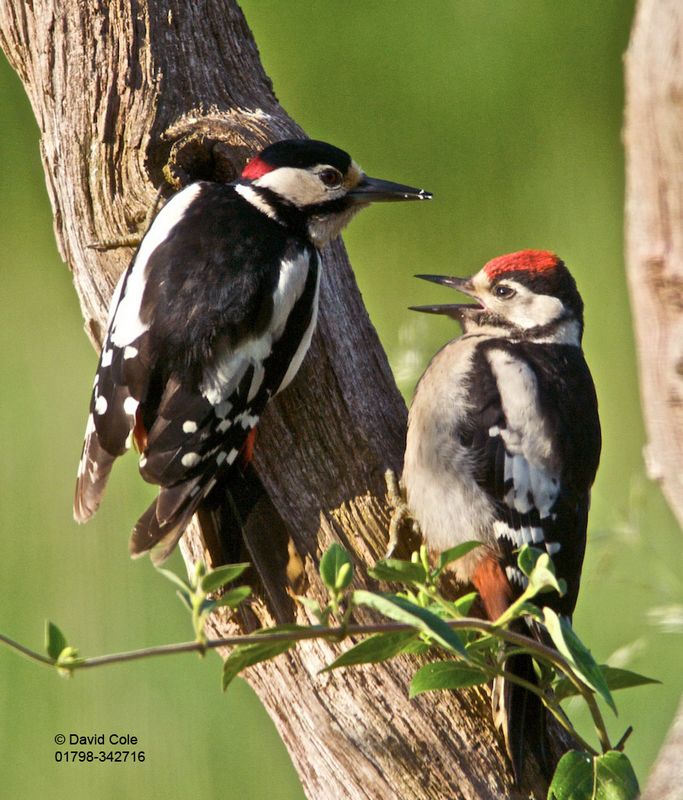
| Scientific Name | Dendrocopus major |
| Breeding | mid-April |
| Fledge Days | 20-24 |
| Incubation Days | 14-16 |
| Lifespan | 8 |
| Number of Clutches | 1 |
| Number of Eggs | 4-6 |
| Size | 22 - 23cm |
| Weight | 70 - 100g |
| Wingspan | 34 - 39cm |
Bird Family : Woodpeckers
Great Spotted Woodpecker Facts - Information About Great Spotted Woodpecker
Great Spotted Woodpecker - Dendrocopos Major
The ‘Great Spotted’ is our commonest British Woodpecker it is very easy to identify due to its black and white plumage and large size.
Compared to the only other ‘pied’ type woodpecker, the Lesser Spotted, it’s a monster; being almost twice the size...the Great Spotted would happily eat the young of the Lesser Spotted.
Identification:
Adult
- Adult males and females are very similar.
- Great Spotted Woodpeckers are around 25cms in length, they have sturdy dark bills and strengthened tail feathers which they use for support on vertical surfaces.
- Males are black, white and red.
- Tail is black with white chequered edges.
- Rump and back is black.
- Males have a red nape patch (back of head).
- Crown is black.
- Forehead and cheeks, creamy white, face shows a black moustachial stripe which joins the nape, a white neck patch and a white throat.
- Wings are black with large white oval shoulder patch and white barring across the primaries.
- The underside is creamy white and the undertail coverts red.
- Females differ from males in lacking the red nape patch.
- Bill and legs dark grey, eyes black.
Juvenile
- Juveniles appear from April onwards and are similar to adults.
- Young birds show a full red crown with narrow black surround.
- The oval wing patch is not solid but slightly barred and the undertail coverts are a soft pinky red.
- Bill and legs dark grey, eyes black.
Status and Distribution
The Great Spotted Woodpecker is a very abundant breeding resident in the UK with over 120,000 pairs. The Great Spot occurs in all counties throughout the England, Scotland and Wales and is just starting to colonise the extreme east of Ireland where it had been absent till 10 years or so ago.
In winter numbers increase as migrants come to the UK from Continental Europe to escape their cold winters, migrants start to arrive in October to winter in our less severe climate.
Habitat/Food
Great Spotted Woodpeckers occur in all habitat types throughout the UK, woodlands, parks, gardens, farmland copses, plantations, hedgerows indeed any open country habitat with suitable scrub.
In the garden Great Spotted Woodpeckers will happily feed on Suet Treats , Suet Pellets, Peanuts and Fat Balls .
They also feed on Worms, snails, Insects, eggs and will predate young chicks from nests.
Song/Call
Call note is a loud harsh ‘Kick’ sometimes repeated 3 or 4 times, also drums in spring, tapping trees rapidly, ‘drrrrrrrr’ lasting about half a second.
The following food is favoured by Great Spotted Woodpecker






